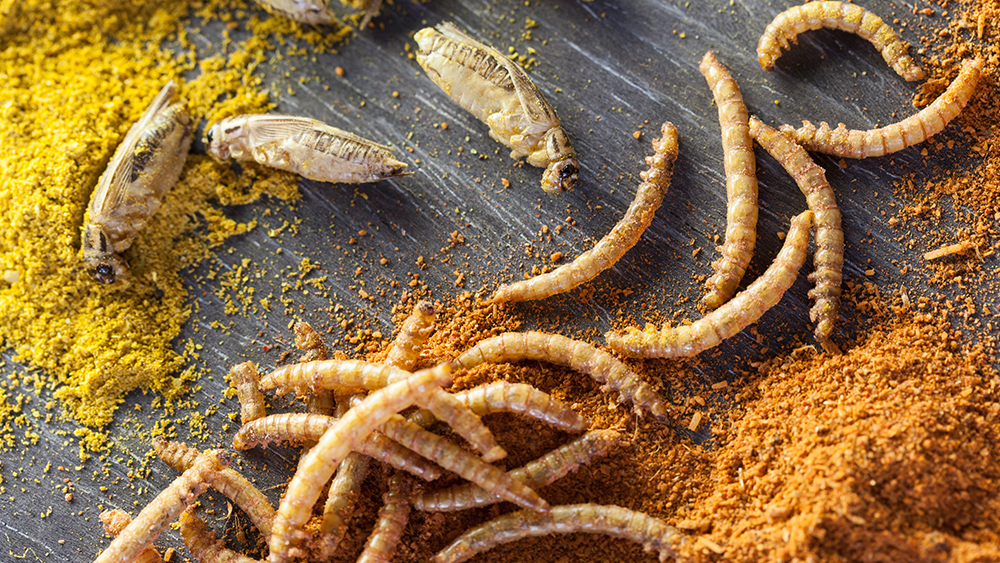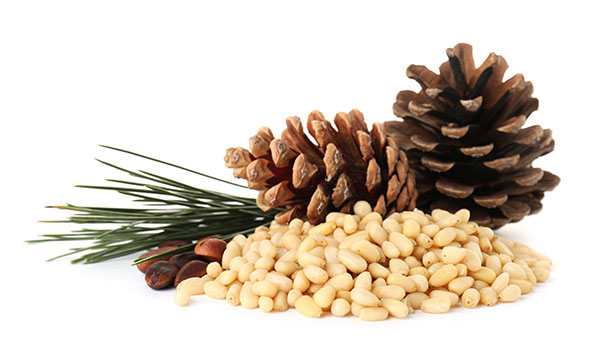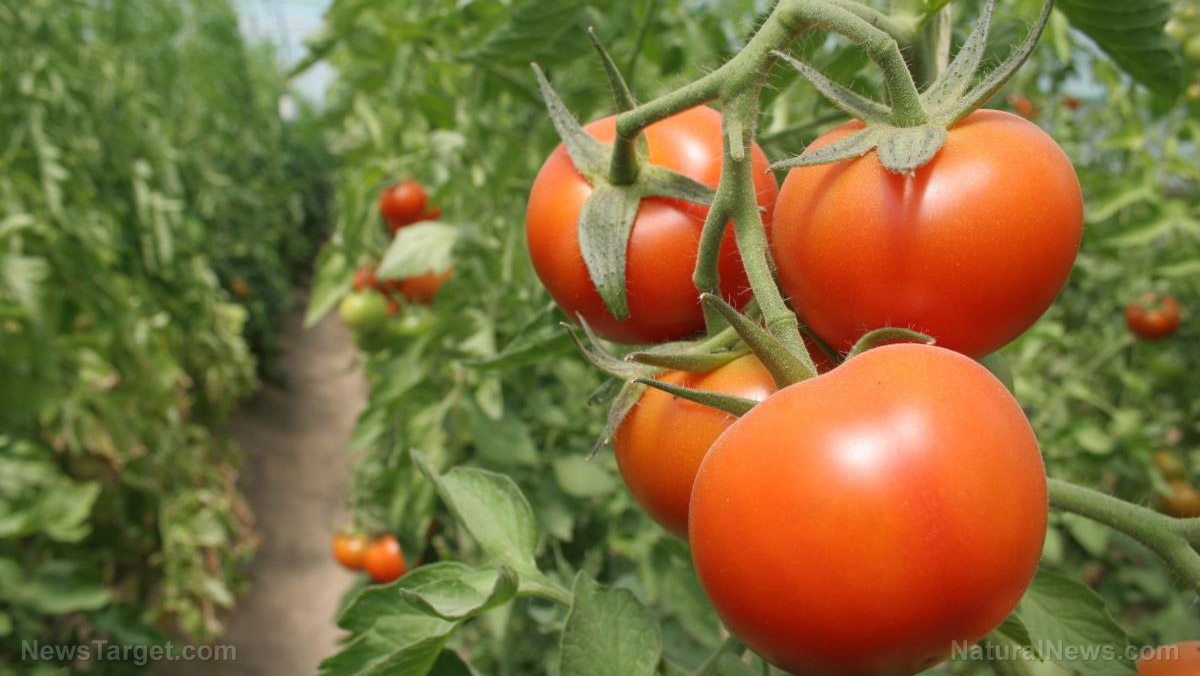WATCH as soil and food expert Dr. Elaine Ingham discusses the earth-destroying effects of chemical agriculture
05/07/2023 / By Ethan Huff

If natural ecosystems and the civilizations that are built around them have any chance at persisting, society as we currently know it will have to shift away from growing food with earth-destroying pesticides, herbicides, and other noxious chemicals.
This was the basic message conveyed by scientist and author Dr. Elaine Ingham, who spoke with Mike Adams, the Health Ranger, in a recent Health Ranger Report about how chemical agricultural inputs must stop in order to save humanity and the planet from certain destruction.
In the following video, Ingham shares a wealth of knowledge about healthy soils, organic, bioregenerative foods, and other things involved with growing truly sustainable food while still remaining economically viable as a civilization – be sure to watch.
The creator of SoilFoodWeb.com, Ingham’s research began at Colorado State University (CSU) where she and her colleagues set out to learn everything they could about soil, including what makes it healthy and how to keep it healthy for optimal food production.
“We have to understand all of these organisms and figure out what they do,” Ingham explains in the video about how she developed and refined her expertise in proper soil management.
(Related: Chemical agriculture, including genetically modified organisms [GMOs] are a major contributor to man-made “climate change.”)
Truly healthy soil is LIVING soil – and chemicals can’t replicate it
For her PhD, Ingham focused on differentiating between total soil fungi and active soil fungi, because it is the latter that actually determines whether or not a soil is truly healthy.
She initially received a lot of push back from her superiors, who tried to claim that active soil fungi do not do anything and have no impact on food production. Instead, they told her that she should focus on the chemical-based inputs that they were studying, which was simply not her cup of tea.
“They had other things that they wanted to be putting on the ground. They were doing all these chemical determinations which was what was going to kill the weeds, and what was going to kill this disease, and what was going to kill, and kill, and kill, and kill – and that’s not how Mother Nature works.”
“She doesn’t go around wiping things off the face of the earth. She gives them the right conditions in which to grow, and I wanted to learn all of those things.”
Not just fungi but also bacteria, protozoa, nematodes, and all the other living things that exist in soil are there for a reason. When maintained in proper balance and harmony, these living creatures create bioactive and bioregenerative soils that are capable of sustaining healthy food production without all the noxious chemical inputs.
Ingham has spent more than 40 years learning about living soils and how they work. And now she is sharing her wealth of knowledge with the world in the hopes that everyone from backyard hobby gardeners to farmers will take advantage of her discoveries and shift away from chemical-based agriculture whenever and wherever possible.
“When you work with Mother Nature, you’re going to have the beautiful side. But when you try to kill everything, then you have nothing left for your cows, or horses, or sheep,” Ingham further explained.
“We’re putting all of these toxic chemicals on our food, and we’re eating that food, so of course you’re going to have all these problems in digestive systems, organ failures, etc.”
The above interview is powerfully informative and worth a watch, especially if you and your family are interested in learning more about how to grow your own food at home naturally in harmony with nature – be sure to watch.
The latest news about the environmental damage caused by chemical agriculture can be found at ChemicalViolence.com.
Sources for this article include:
Submit a correction >>
Tagged Under:
agriculture, bacteria, Big AG, chemicals, crops, earth, Elaine Ingham, farming, food production, food science, food supply, food web, harvest, Health Ranger Report, home gardening, Microbes, Natural Alternatives, natural farming, nutrients, soil, soil health, soils, toxic chemicals, toxins
This article may contain statements that reflect the opinion of the author
RECENT NEWS & ARTICLES
COPYRIGHT © 2017 FOOD SCIENCE NEWS




















